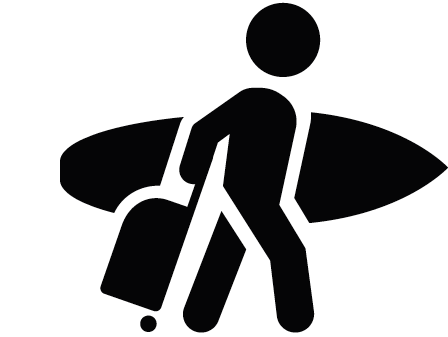Surfing in Panama
Panama is the country that links Central and South America together. It has borders with Costa Rica to the West and Colombia to the Southeast. The country has coast on the Pacific and Atlantic ocean, and thanks to the narrow geography it was possible to build one of the biggest human engineering constructions of all times: the Panama Canal. This channel links the Pacific and Atlantic Ocean creating a fast and essential shipping route for many kinds of vessels. With an amazing mix of beach, point and reef breaks, Panama is still a very uncrowded destination mostly because it’s overshadowed by the famous neighbour country Costa Rica. The country has waves all year round and has many offshore islands to be explored. It doesn't matter if you are a beginner or a gnarly surfer, you will find some amazing surf spots in Panama.
Climate in Panama
Panama has a wet tropical climate with very warm water (average 27-30° Celsius) and temperatures all year round. The humidity is very high, in particular during the wet season that goes from May to December. During this time there are intense downpours, especially during the afternoons, but the temperatures always remain warm. The dry season is shorter than the wet and happens from January to April. This is when the winds come from the North and the water temperature can drop to 24-25 ° Celsius.
Best surf spots in Panama
Although they are not the most consistent, the most famous waves in Panama are located in the Caribbean side in the province of Bocas Del Toro. There you will find some world class breaks like Carenero and Silverbacks. These waves only break properly during the hurricane season but when they do they attract surfers from all over the world. The best surfer of all times, Kelly Slater, is known for coming to the country at least once a year to surf this powerful indonesian like barrels. Another popular surfing area in the country is Santa Catalina. This city has many surf spots and it’s more appropriate for intermediate and advanced surfers. Other surf spots in the country are: Leftovers, P-Land, Punta Roca, Playa Cambutal, Playa Venao, Punta Brava, Cebaco Island and Playa Malibu.
Best time to go
Surfing in the Pacific side in Panama
The best swell season for the Pacific Side is from April to October (wet season). That’s when the strong 3-12 ft South or Southwest swells are more consistent and produce the best waves. The winds are predominantly offshore in the morning and onshore during the day. Glass offs in the evenings are very common.
Surfing in the Caribbean in Panama
The surf season at the Caribbean side has two major seasons. The main one is from December to April (dry season). That’s when the big hurricane season happen sending massive swells (4-12 ft) to the coastal islands of the Bocas del Toro. The second season is shorter and it’s from July to August. The average size of the waves are not as high as in the main season but the weather is more tropical and the winds coming from the mountains are favorable for many breaks, specially in Bocas del Toro.
Main Surfing areas in Panama
Pacific Ocean Side
Santa Catalina:
La Punta
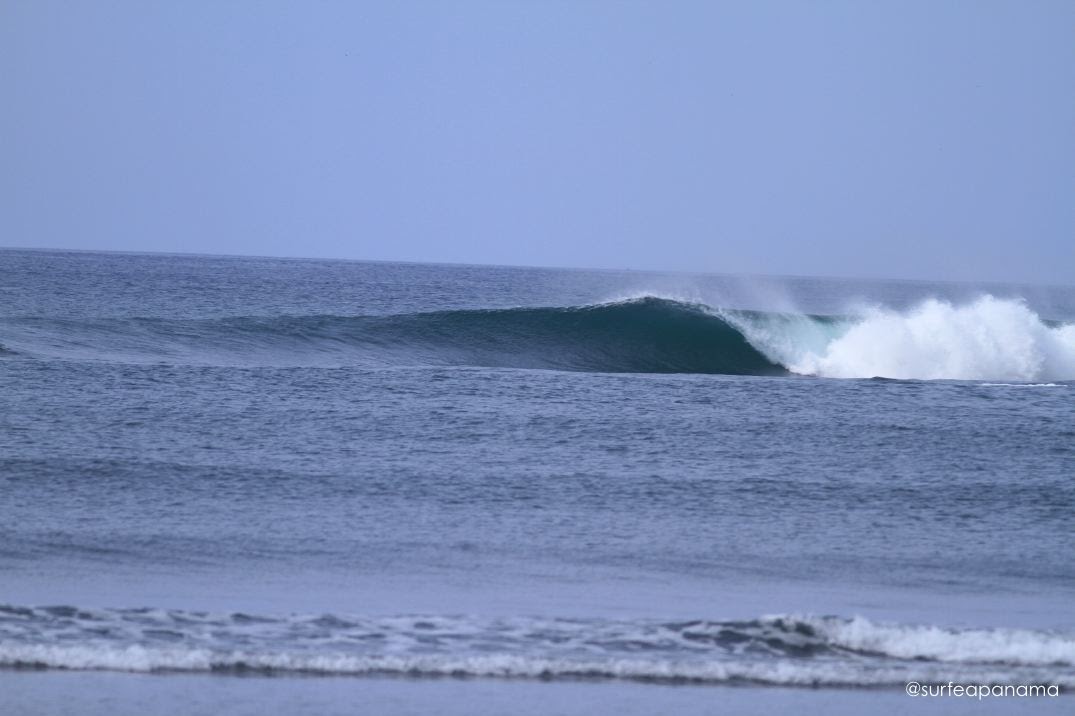
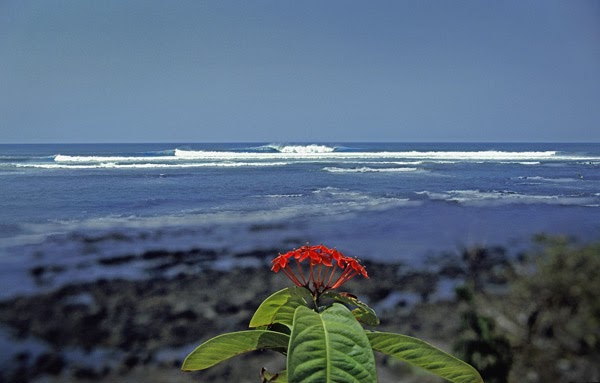
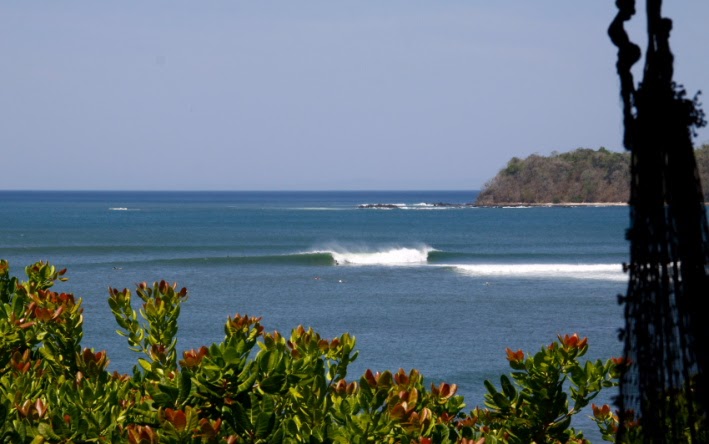
La Punta: This world class break can handle any swell. During the high season (March to October) it’s not unusual to see this break with triple overhead waves. There are waves breaking for both sides.
Punta Roca
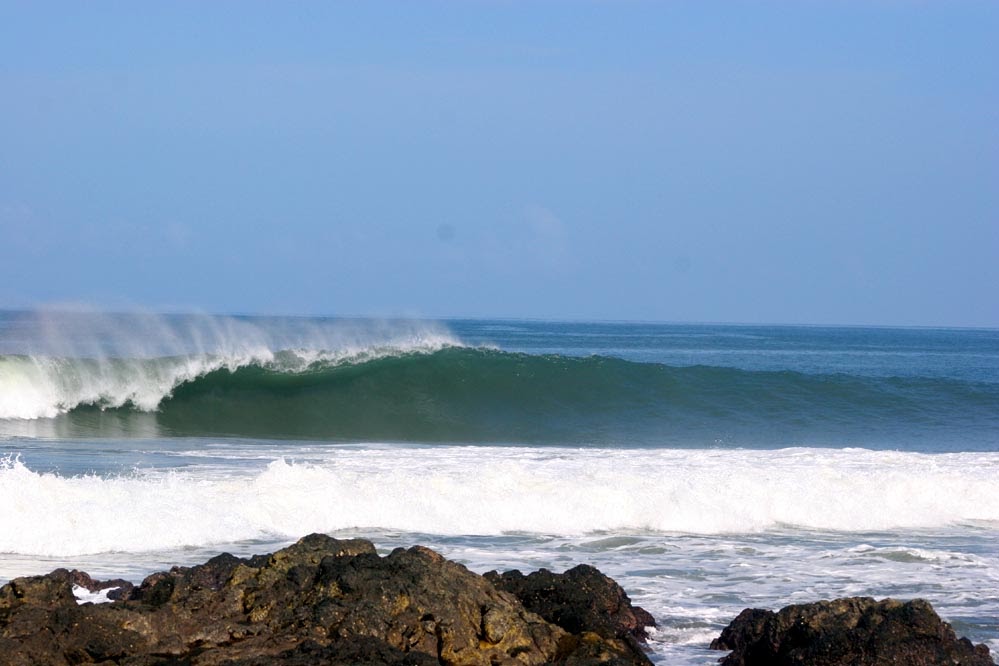
Punta Roca: This heavy barrel surf spot is a long point break about 30 minutes walk from the northeast of Santa Catalina. The best tides are medium or low.
Punta Brava
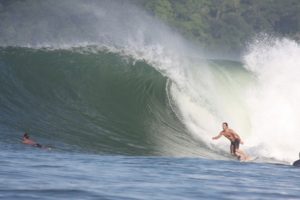
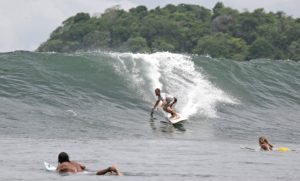
Punta Brava: This break can get twice as big as Santa Catalina. It’s a hollow left-hander wave that breaks on a rocky bottom. It’s located 30 minutes walking from the southeast of Santa Catalina.
Cebaco Island
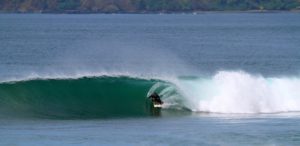
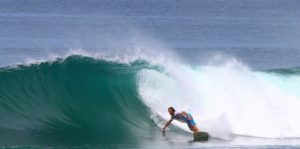
Cebaco Island: The island has a beach break and a point break. The waves break for both sides and usually have similar size to Santa Catalina.
Playa Venao
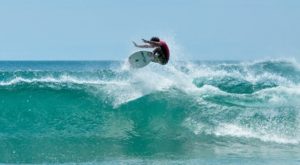
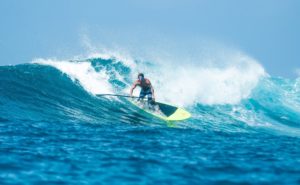
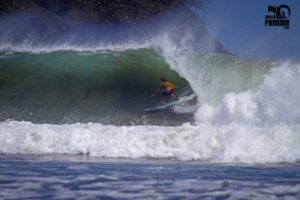
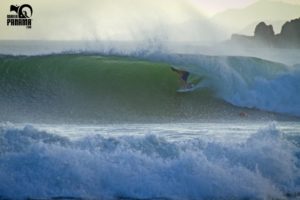
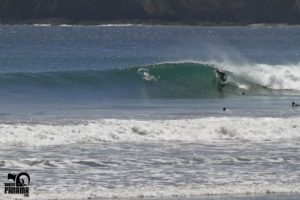
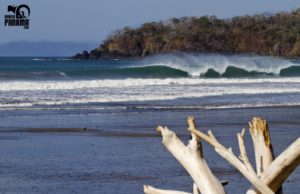
Playa Venao: Located at the Azuero Peninsula at the southeast coast.This long brown sand beach has consistent waves good for intermediates and beginners. There are waves breaking for both sides all over the beach. It can get crowded on the weekends but it’s pretty quiet during the week.
Playa Cambutal
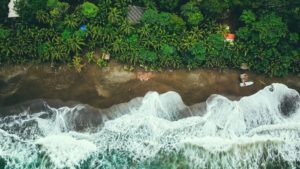
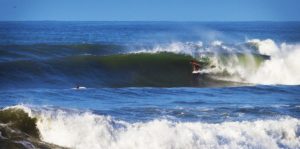
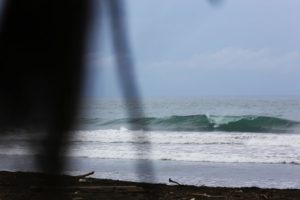
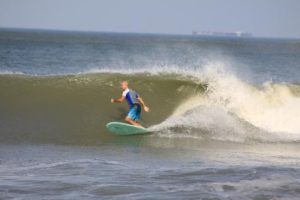
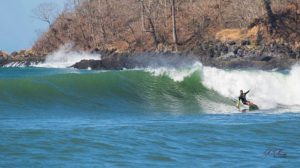
Playa Cambutal: Located at the northern part of the Azuero Peninsula. Because of the remote location, this beach remains mostly uncrowded. There are beach and point breaks scattered along the beach. Other breaks worth a check in the area are 411, a long right-hander that breaks on top of a rocky bottom, and the amazing point break of Punta Negra.
Playa El Palmar

Playa El Palmar: This spot is mostly surfed by locals and it’s suitable for all kind of surfers. The set up is at a small beach on the west of San Carlos. There are three surf breaks: Frente Palmar, Punta Palmar and Hawaiisito. These breaks offer a nice variety of waves. Best tides are medium to high and the swells come from west, southwest and south.
Playa Malibu
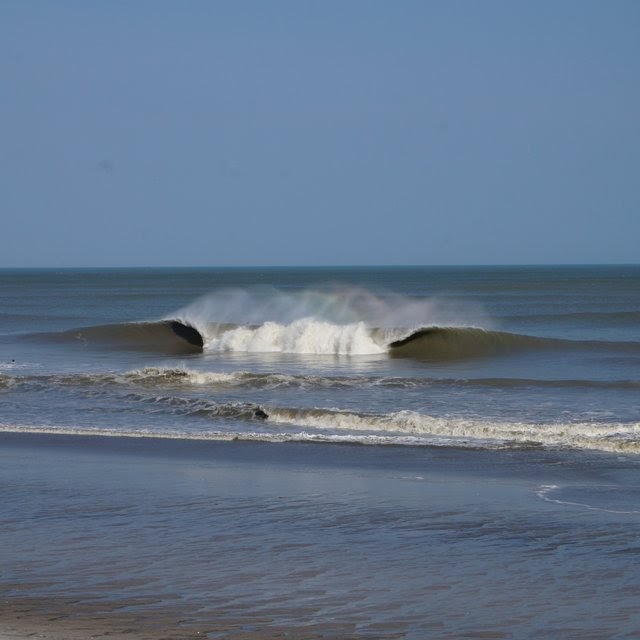
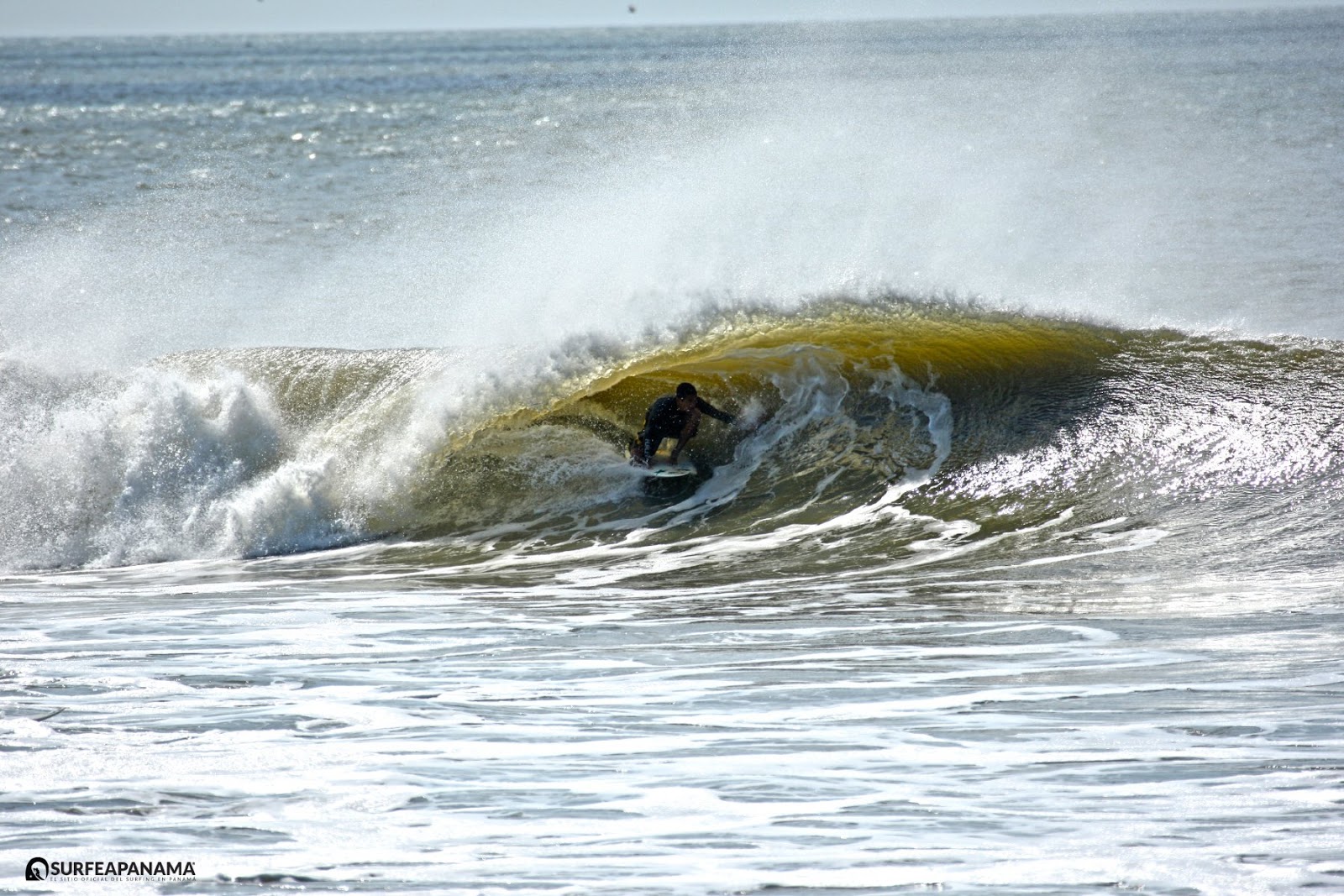
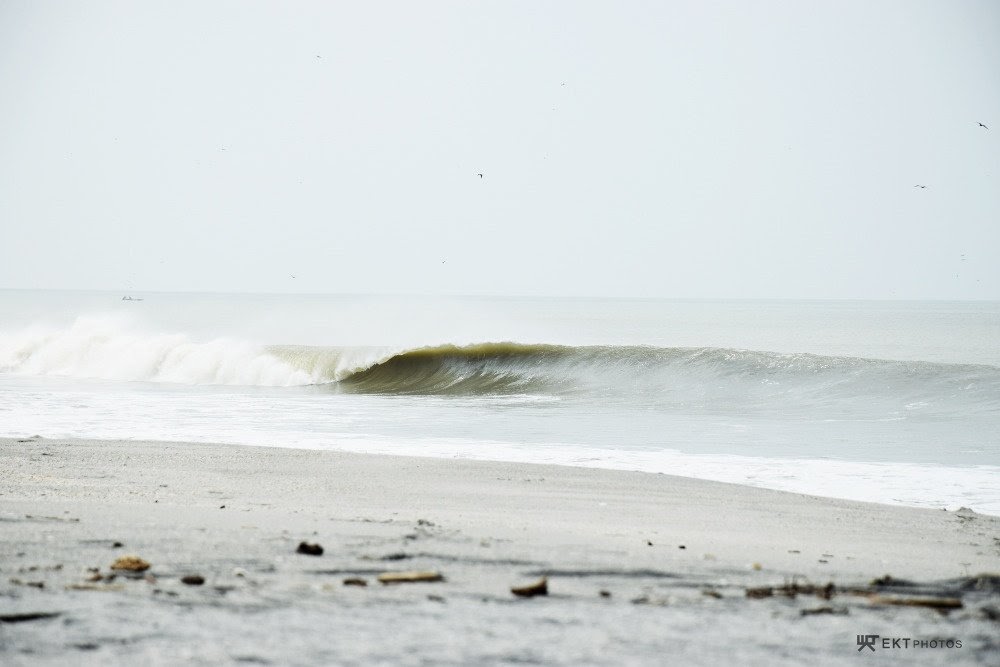
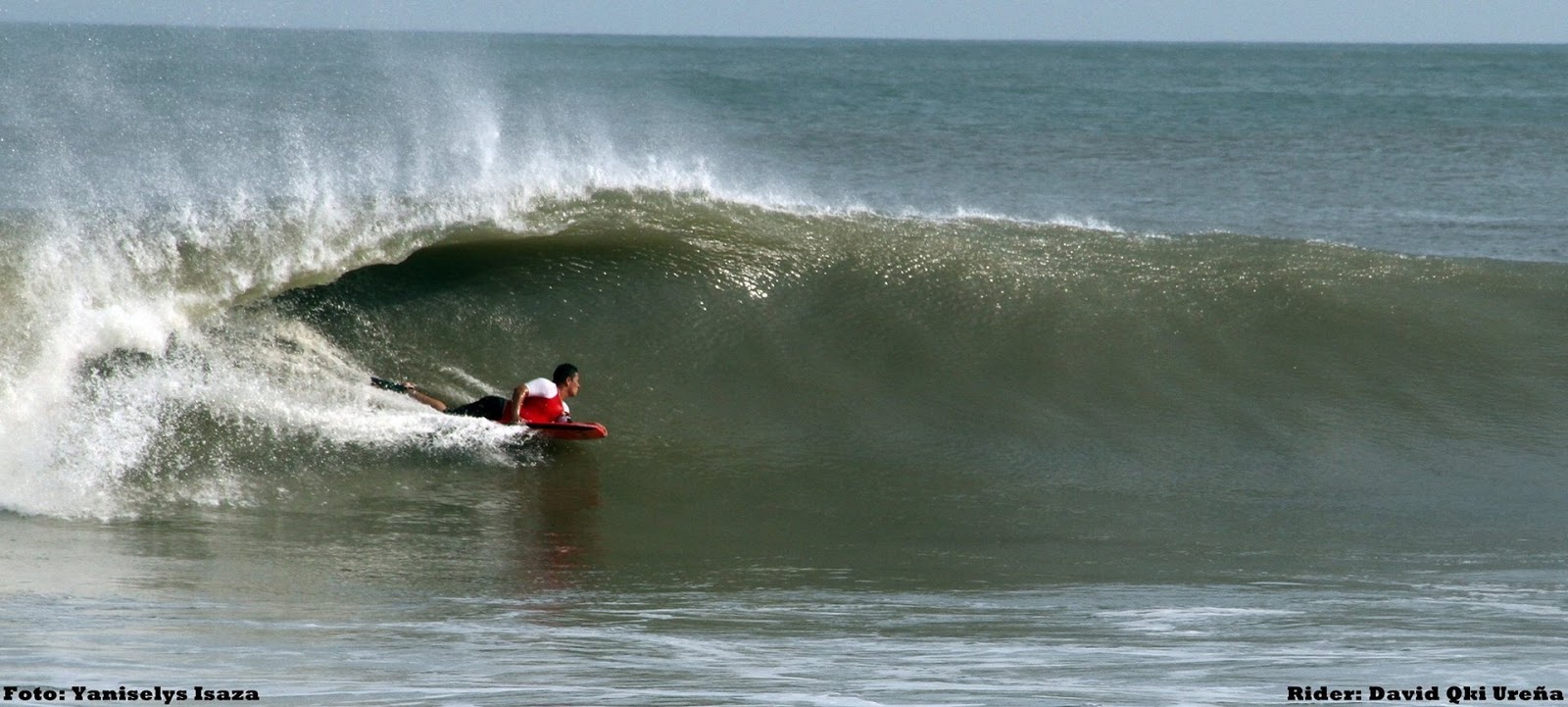
Playa Malibu: One of the most consistent surf spots of the Pacific side. This break has long right-handers breaking on a sandbar made by a river mouth (Chame River). Watch out for debris in the water, specially after heavy rains.
Morro Negrito
Morro Negrito: These islands are located at the southwest of the country, in a mangrove area. The access is very hard and only by boat. There are a few breaks in this area:
Sandbar: This break has long leg burning waves mostly to the left. The sandbar is formed by a river mouth. It’s one of the best waves of the area. Extremely consistent with waves from 1-6 ft.
P-Land: This is a heavy left-hander located at Isla Silva de Fuera. The wave has a similar shape as G-Land and also has a few sections. Needs bigger swells to start working (6-10 ft).
Leftovers

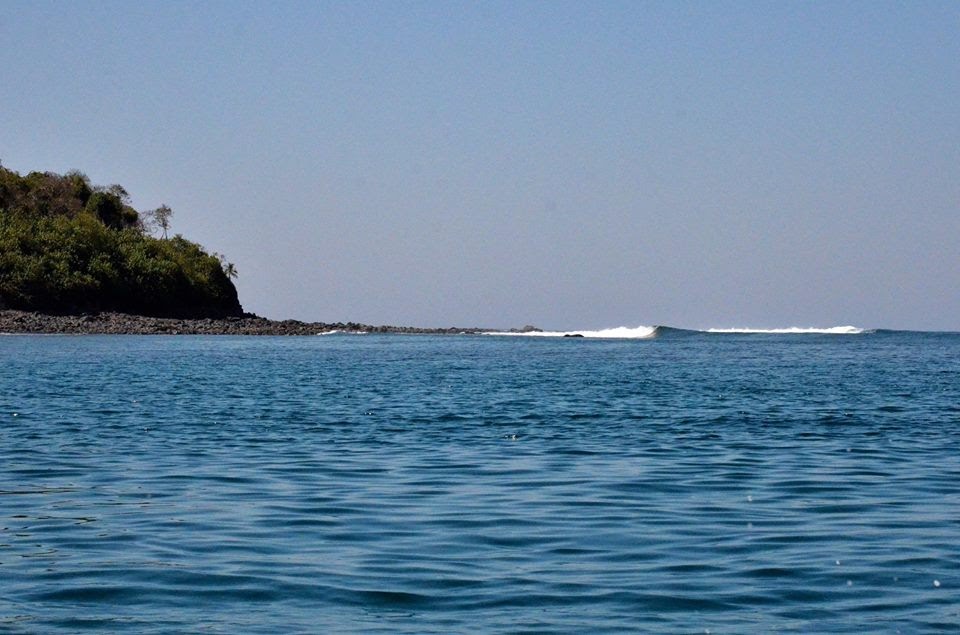
Leftovers: Also located at Isla Silva de Fuera, this wave wraps around the corner just after P-Land. With epic conditions and a lot of luck you may be able to connect both waves and have a really long ride. This wave is super fun. Recommended for intermediate and advanced surfers. The break is pretty consistent (average wave height 3-4 ft) and is better to surf on mid to high tide. Gets really shallow on the inside when it’s low tide.
Nestles: This short peak has a steep take off that takes it straight into the barrel. This wave can hold some massive 20 ft plus swells. Experts only!
Sebastians Right: Located on Isla Silva de Fuera, this right hander breaks along the rocks on the south side of the island.
The Point
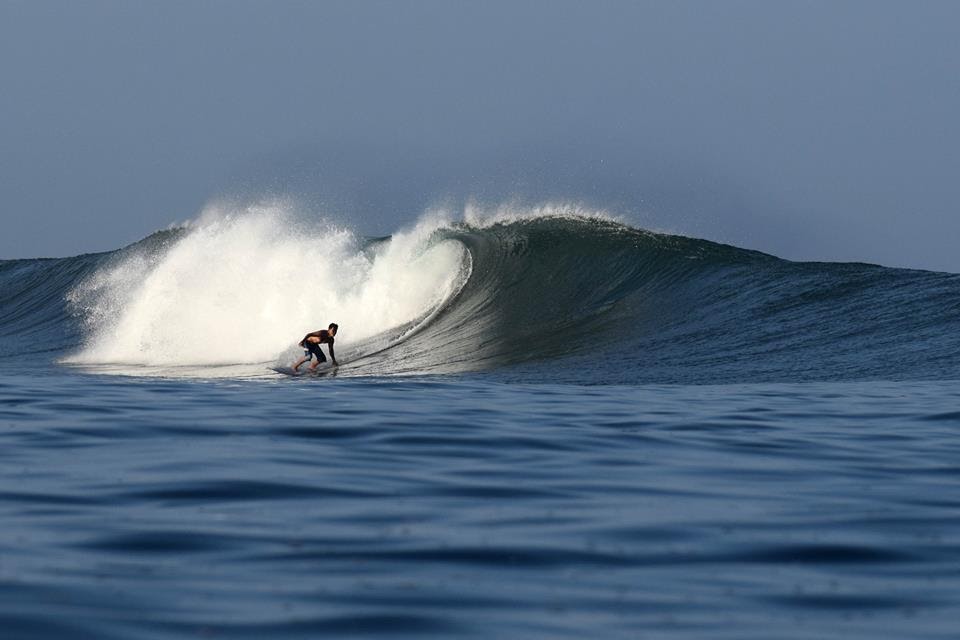
The Point: Located at the Morro Negrito Island. It’s a heavy left-hander that breaks on top of a rocky bottom near the shore. Needs a bigger 6-8 ft swell to come alive.
Emily’s: Super fun and rippable left-hander in front of the Morro Negrito Surf Camp. This wave is better on higher tides and with a solid 4-6 ft swell.
Caribbean
Bocas Del Toro
Carenero
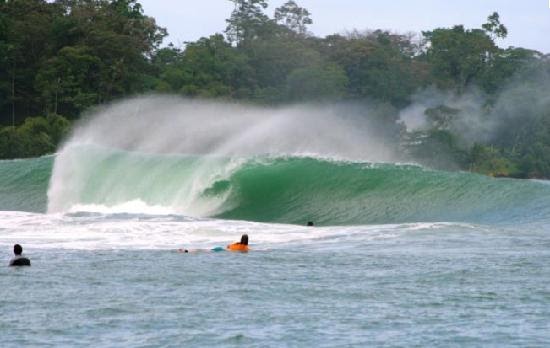
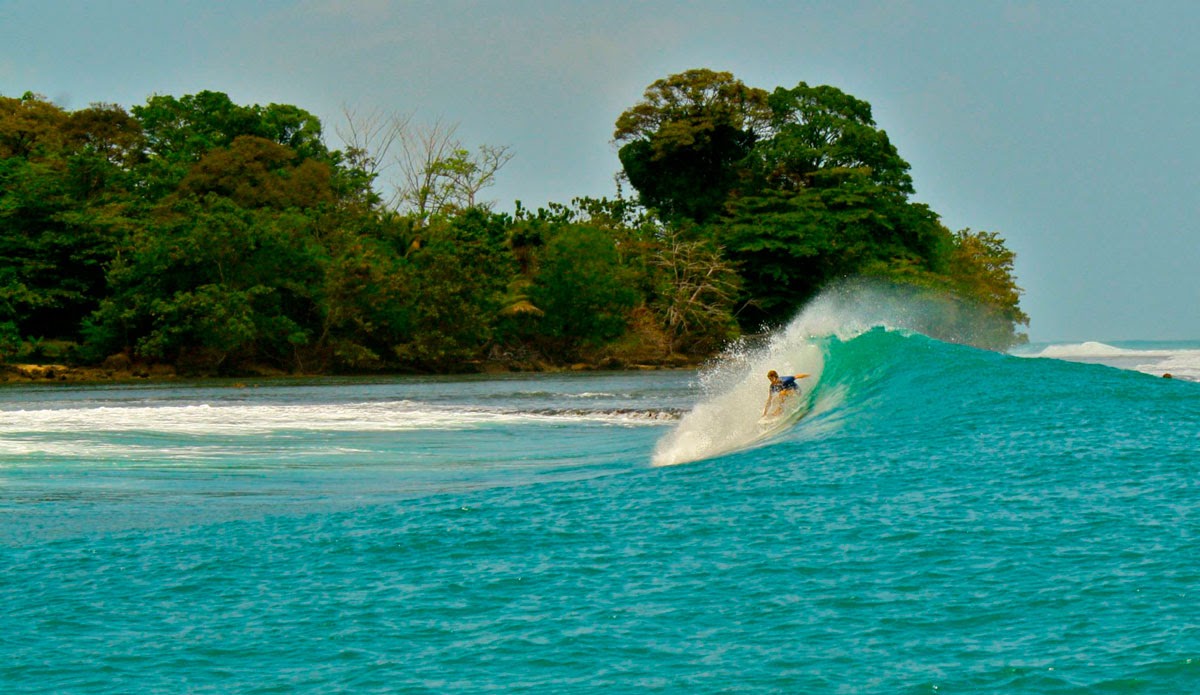
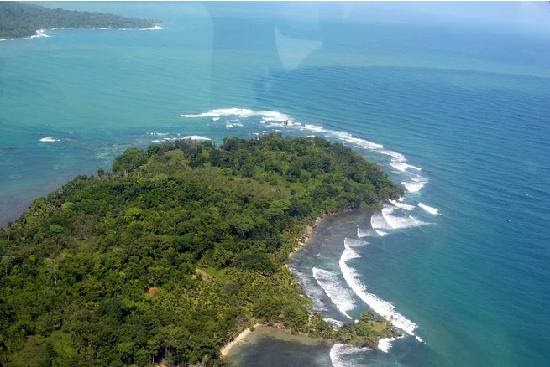
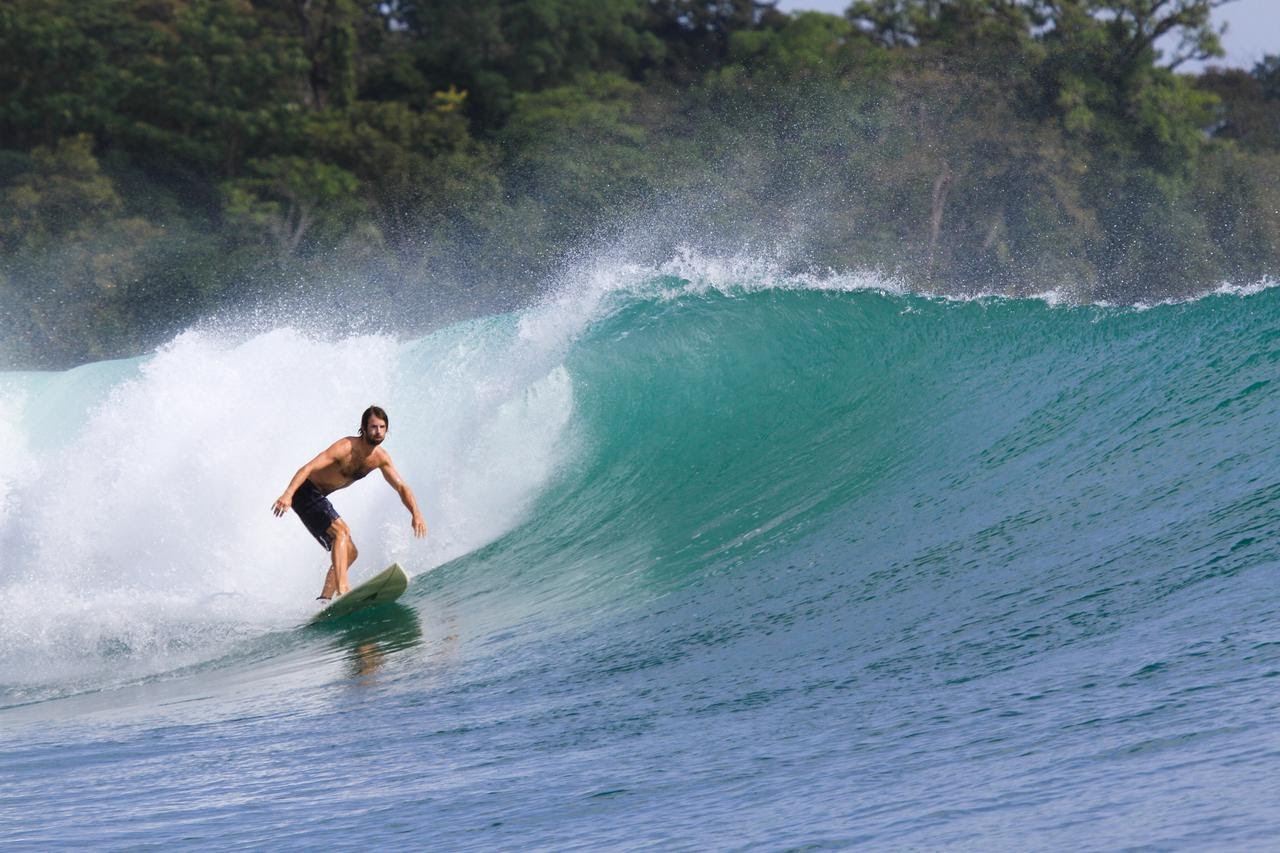
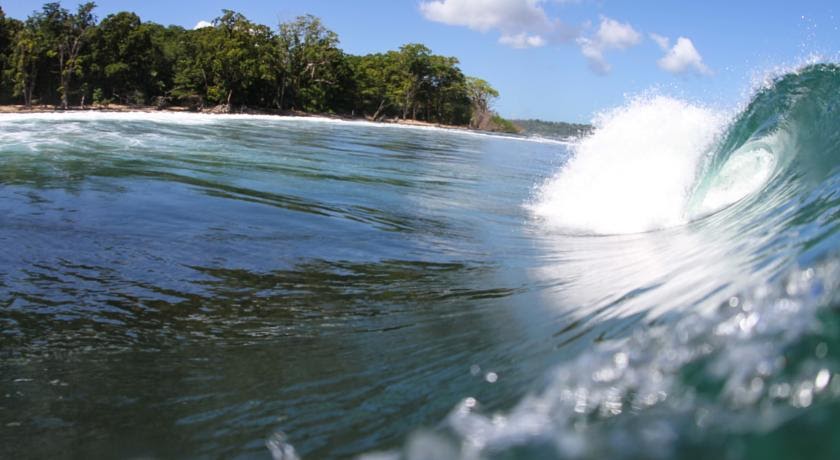
Carenero: Located at the on the north side of the Island, this is a left-hander that break on top of a reef. Recommended for intermediate and advanced surfers. The backdrop scenery is amazing.
Bluffs
Bluffs: This surf spot is a very strong shore break. The waves are powerful so be careful with yourself and your equipment. Located at the end of Colon Island.
Silverbacks
Silverbacks: This surf spot is probably the most famous of Bocas Del Toro. It’s a heavy right hander located at Bastimento Island. It’s often compared to hawaiian waves like Backdoor and Sunset Beach. Former world champion, Sunny Garcia, described it as one of the heaviest waves that he ever surfed!
What is you traveling style?
Luxury Surf Accommodation Panama
If you want to lay low and relax in an amazing tropical destination you have to visit Bocas Del Toro. At Bastimento Island you will find the best option for a sophisticated accommodation that will allow you to have the best and most relaxing vacation of your life. The island is surrounded by nature and the scenery is breathtaking. You will find yourself at stunning beaches and witness monkeys swinging in the treetops. Trails through the rainforest will lead you to hidden waterfalls with turquoise lagoons. The flora and fauna are abundant and untouched. Add to that the hospitality of the panamanian people and the surf breaks of the area are amazing. You can expect nothing but good times here.
Prices per night are from 220-530 USD.
Budget Surfing in Panama
Panama is a relative cheap country compared to the neighbor country Costa Rica for example. There are many hostels on the most famous touristic destinations that will suit your budget perfectly (15-20 USD per night). Food is tasty and also cheap. If you don’t want to go to fancy restaurants everyday you can easily survive with 12-20 USD per day. Since you won’t need to rent a car to surf in most towns like Santa Catalina or Bocas Del Toro, you can save a lot of money going around the country by bus. After all, all you really need to enjoy your vacations are perfect waves and the Caribbean island lifestyle.
Kids and Teen Surf Camps
Panama has waves for everyone. If you want to learn how to surf there are many surf schools scattered all over the country. They will provide you with the right equipment and the best surf instructors to make the most of your time. Surf lessons usually take 3 hours (1h theory at the beach and 2h practice at the ocean) and cost 50-80 USD.
Groups
If you are traveling with a group you should definitely consider going to Panama. Surfing in the country is still way less crowded than the most famous neighbor Costa Rica. You will be able to find empty line ups that you will share with your friends only. All you have to do is to look for a lonely beach or an offshore island. You will have many options of uncrowded, warm water, perfect waves. There are many accommodations that will provide comfortable rooms for everyone and all you need to have an amazing time with your best mates.
Budget Planning
Meal price range
Dine on comida corriente (set meals) for $6-7 USD. Midrange meals in restaurants range from $9-30 USD with beers. Dining & drinking at high-end restaurants can cost anywhere from $50-150 USD.
Equipment rental
Panama’s popular surf spots—including those in Bocas del Toro and Santa Catalina—have a scattering of places to rent surfboards, booties, and other gear. Board rentals cost anywhere from $15 USD for 2 hours to $20-25 USD a day to $100-140 USD a week. In more remote locations, you’ll need to bring all the gear.
Prepaid SIM cards
Panama has 4 telecom providers: +móvil and Movistar have the best coverage in Panama. You can buy a sim card at the Tocumen airport right after you pick up your luggage or local shops around Panama. Prices are around $3 USD for 650MB to $15 for 2GB of data.
Public transport
As most Panamanians use public transportation, it's reasonably priced and connections are frequent. You can take a bus to just about any community in Panama that is accessible by road. Rental cars are not cheap, but roads are generally in decent condition, they range from $20 USD per day for an economy car up to $100 USD per day for a cuatro por cuatro (4WD).
Gas prices
$0.75 USD a liter.
Types of risks
The most serious hazards are reefs and rocks. Be sure to check out reef breaks before surfing, and talk to locals about what’s underwater. Wearing booties is a must at reef breaks.
Rip tides and strong currents are found in various spots across Panama. Do your research before surfing a new spot to make sure you know what you’re getting into. In most places, Panamanian locals are friendly and approachable.
Panama has a flag system and lifeguards at the more touristy beaches. Panama’s coastline is the habitat of many kinds of alligators and crocodiles. Be extra careful when surfing near river mouths and mangrove areas.
Panama is south of the hurricane zone and does not experience this type of tropical storm. Most parts of the country do not experience significant earthquakes, although western Panama is more seismically active and has seen a few major quakes.
How to prepare
Visa
Nationals from 118 countries can enter on a visa waiver for up to 180 days. Your passport needs to be valid for at least 3 months at time of entry and you’ll need proof of onward or return flights.
Vaccines
There are no required vaccinations for Panama, but among those recommended are yellow fever, typhoid, rabies, and hepatitis A and B.
Things to know
Language & Currency
Spanish and English are spoken. The rate of exchange for the balboa has always been tied to the US dollar—one dollar equals one balboa. Panama does not, however, print its own paper currency and instead uses the US dollar as legal tender.
Best time to go
For surfing the Pacific side is best in the months between April and November. The Caribbean side is best between December and March, but can get swells any time of the year except the time between September and November.
Checking Surf forecast
Checking the forecast about a week before your trip is always a good idea. Understanding what the waves will be like and knowing what gear to pack is essential. You can check the forecast for the waves here.
Do I need pack a pharmacy kit
You should bring a basic kit. Including ear drops, eye drops, bandaids, imodium, ear plugs to avoid ear infections, paracetamol, gaze, alcohol and broad spectrum antibiotic ointment.
Travel/Surf Insurance
World Nomads has great travel insurance packages that are not super expensive and they cover surfing.
Emergency
Panama has great medical facilities and doctors, particularly in Panama City and other large cities. Many doctors speak English and provide high-quality care for their patients.
In case of a medical emergency, dial 911—this will call the ambulance service. For other emergencies, you can reach the police by calling 104 or the fire department by calling 103.
Check surf pictures of Panama at #surfpanama.


